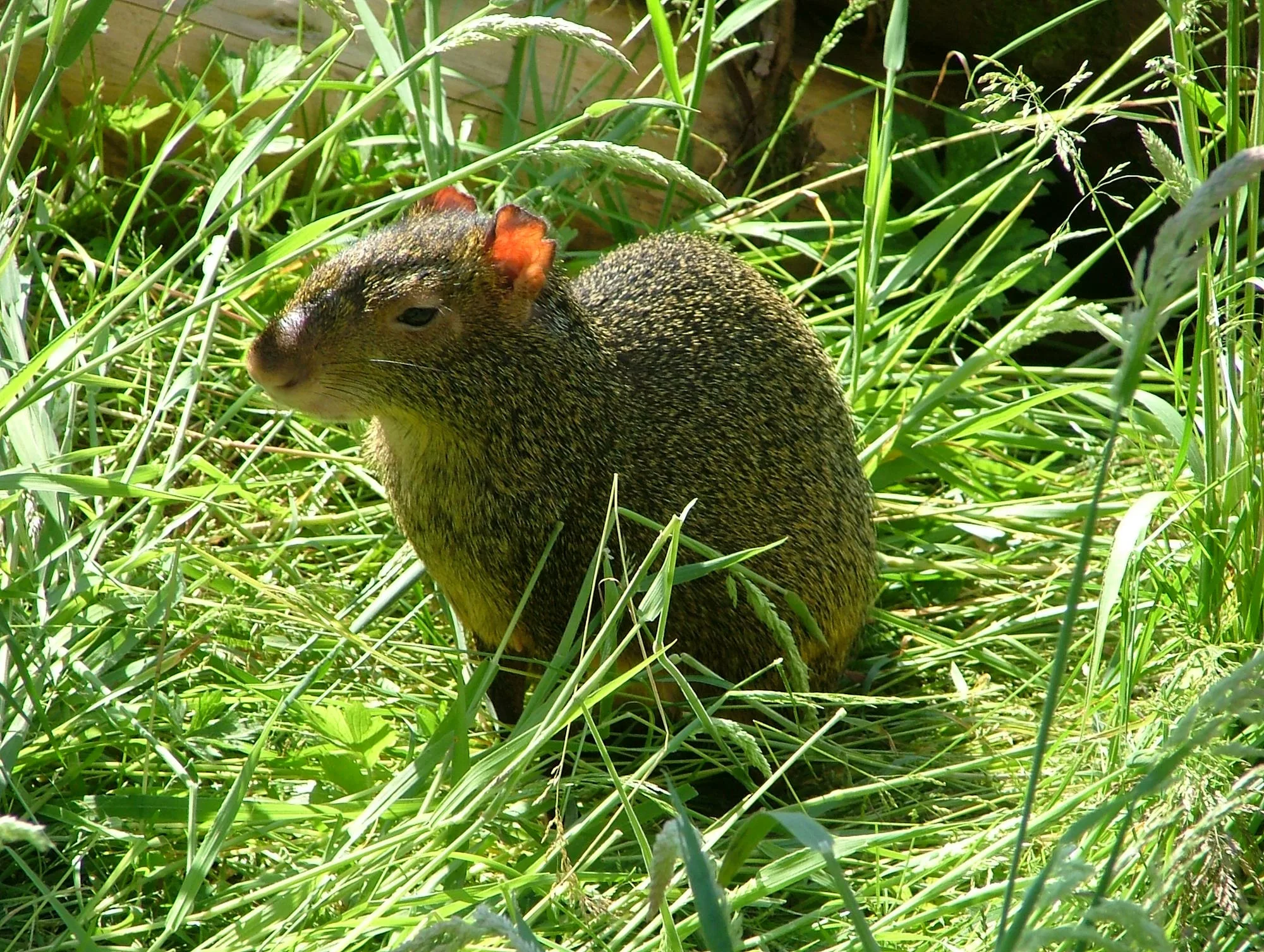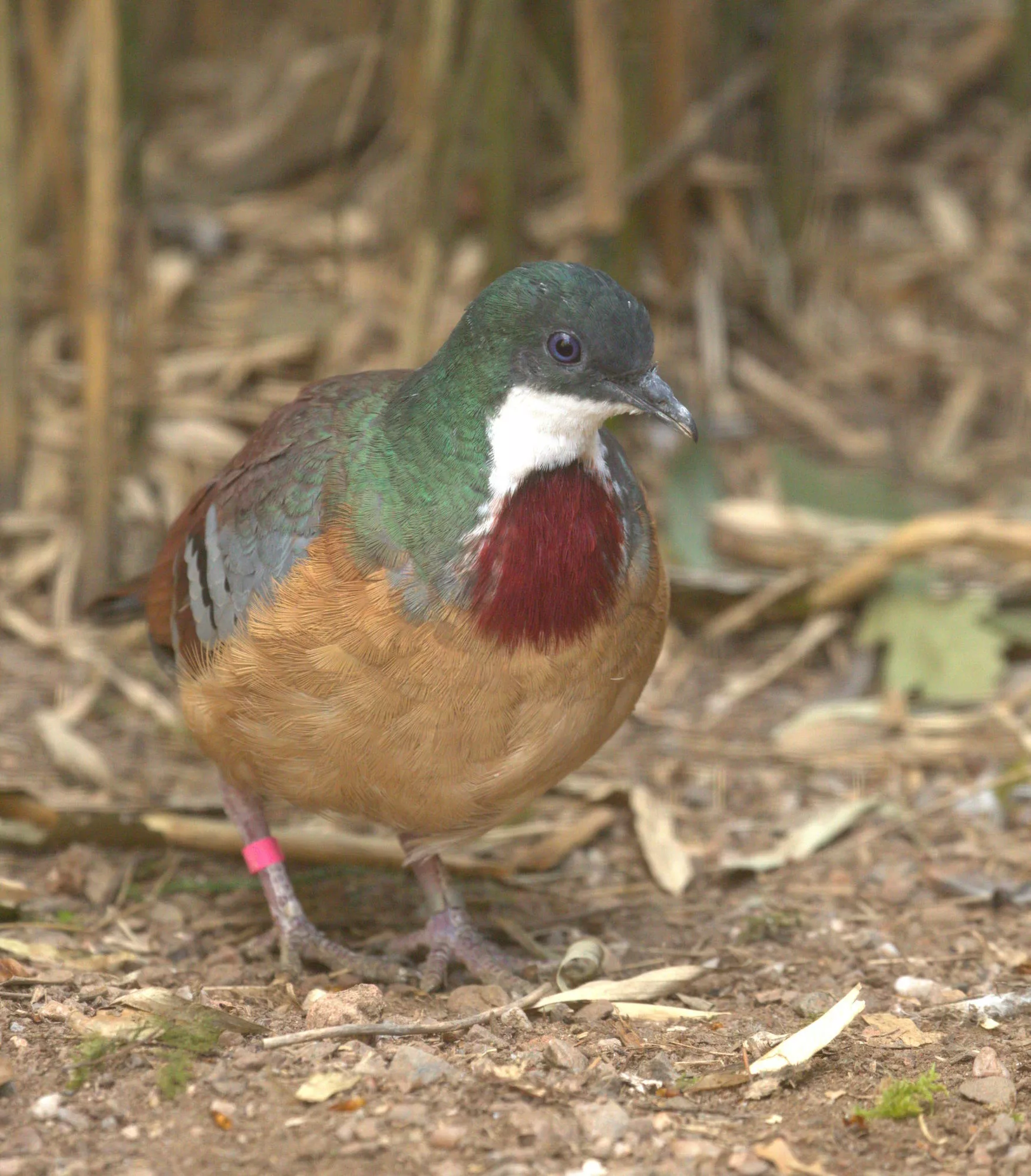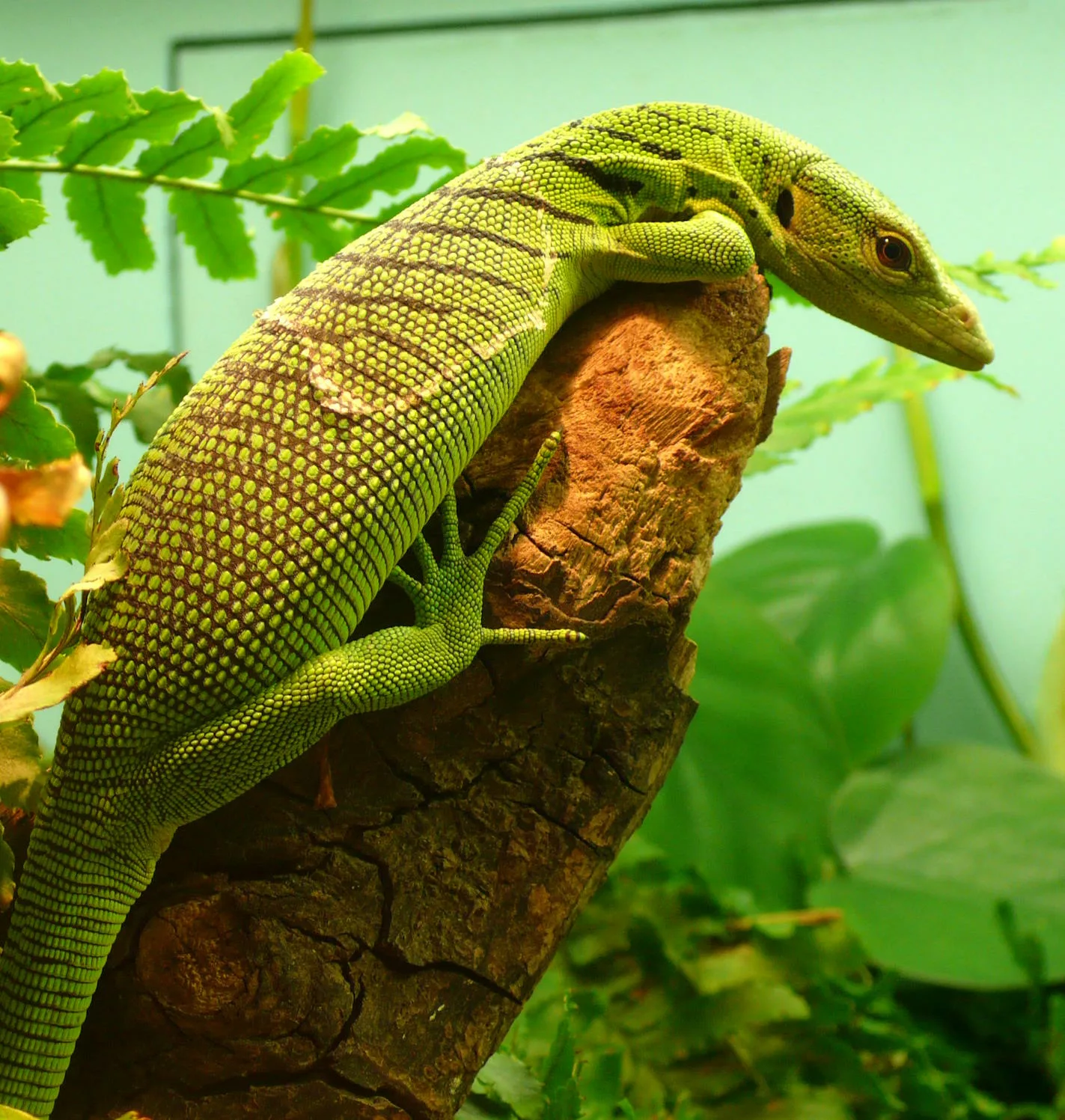
Black-winged red bishop
Scientific name: Euplectes hordeaceus
IUCN listed as: Least Concern
Learn before you visit!
Here are some facts about the species – Discover what they eat, find out about their natural habitat, see what they like to do, and more… Set the reading style to suit you too, everyday speak or something aimed towards children.
Child-friendly
Everyday
Diet
The black-winged red bishop primarily feeds on seeds and grains. They also consume insects, especially during the breeding season when they need extra protein for raising their young. Foraging usually takes place on the ground or among grasses. Their diet is well-suited to their habitat, which includes grasslands and agricultural fields.
Black-winged red bishops mostly eat seeds and grains. They also eat insects, especially when they have babies and need more protein. They search for food on the ground or in the grass. Their food fits well with where they live, like grasslands and farm fields.
Breeding
Breeding season for the black-winged red bishop involves the males displaying their bright red and black plumage to attract females. They build intricate nests in tall grasses or reeds, often near water. The female lays 2 to 4 eggs, which she incubates for about 12 to 14 days. Both parents help feed the chicks, which fledge approximately two weeks after hatching.
During the breeding season, male black-winged red bishops show off their bright red and black feathers to attract females. They make detailed nests in tall grasses or reeds, usually close to water. The mother lays 2 to 4 eggs and keeps them warm for about 12 to 14 days. Both parents feed the baby birds, which leave the nest about two weeks after hatching.
Habitat
Black-winged red bishops are typically found in grasslands, savannas, and wetlands. They are often seen near water bodies, such as rivers and lakes, where there is plenty of tall grass for nesting. These birds are also common in agricultural areas where they can find ample food. Their range extends across much of sub-Saharan Africa.
Black-winged red bishops live in grasslands, savannas, and wetlands. They like to be near water, like rivers and lakes, where there’s lots of tall grass to build nests. You can also find them in farm areas where there’s lots of food. They live in many parts of sub-Saharan Africa.
At the zoo
In zoos, black-winged red bishops are provided with habitats that mimic their natural environment, including tall grasses and water features. Their diet includes a variety of seeds, grains, and insects to ensure proper nutrition. Zoos often participate in breeding programmes to help sustain their populations and educate the public about their behaviours and habitats. Enrichment activities, such as providing nesting materials and live insects, help keep these birds active and engaged.
In zoos, black-winged red bishops live in places that look like their natural homes, with tall grasses and water. They eat seeds, grains, and insects to stay healthy. Zoos help them have babies and teach people about their lives. Fun activities, like giving them nest materials and live bugs, keep the birds busy and happy.
Behaviour
Black-winged red bishops are known for their lively and social behaviour, especially during the breeding season. Males are highly territorial and perform elaborate displays to attract females, including fluffing up their feathers and singing. They often form large flocks outside the breeding season. These birds are diurnal, being most active during the day.
Black-winged red bishops are lively and social, especially when they are breeding. Males are very protective of their area and show off to attract females by fluffing their feathers and singing. They like to be in big groups when they’re not breeding. These birds are active during the day.
Fun facts
- Vibrant Display: Male black-winged red bishops have bright red and black feathers during the breeding season to attract females.
- Nest Builders: They are skilled nest builders, creating intricate structures in tall grasses.
- Social Birds: They form large flocks when not breeding, showing their social nature.
- Territorial: Males are very territorial during the breeding season and will fiercely defend their nesting sites.
- Diet Variety: Their diet changes seasonally, with more insects consumed during the breeding season for extra protein.
- Bright Feathers: Male black-winged red bishops have bright red and black feathers to attract females.
- Great Builders: They are really good at building nests in tall grass.
- Love Groups: They like to be in big groups when they’re not having babies.
- Protective Males: Male birds protect their area a lot during breeding season.
- Changing Diet: They eat more insects when they have babies because they need extra protein
More animals to discover at our zoo
Quick Links
Tickets & Prices
You can buy tickets for Exmoor Zoo securely online, as well as finding out more price options, discover offers, and more…
What’s on…
Exmoor Zoo hosts incredible Events all through the year. You can find out about what we’ve got in store here…
Routes & info
Like any great discovery, Exmoor Zoo can feel a little off the beaten path – but don’t worry – you can plan your journey with our recommended routes and other useful travel info.



























